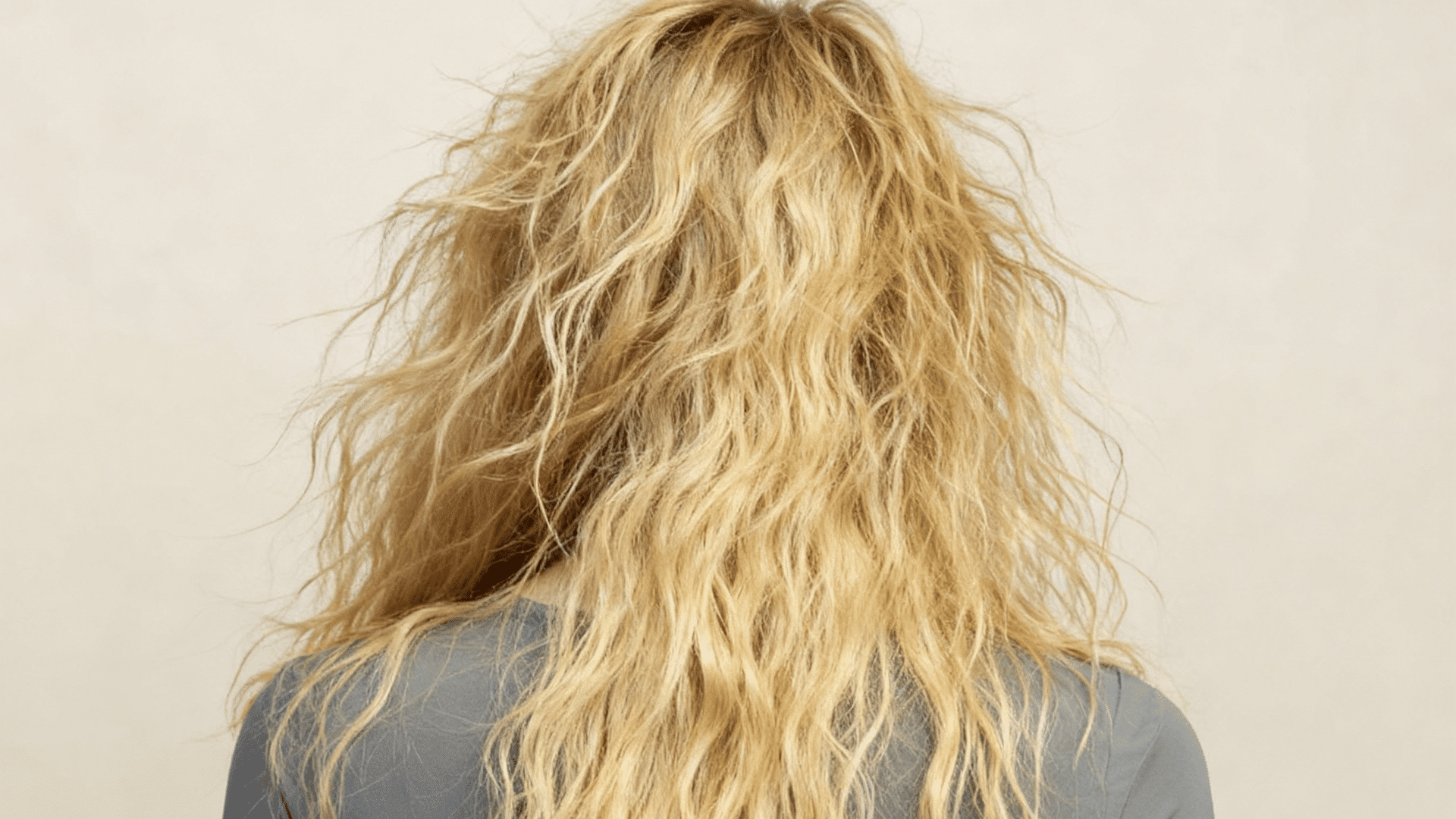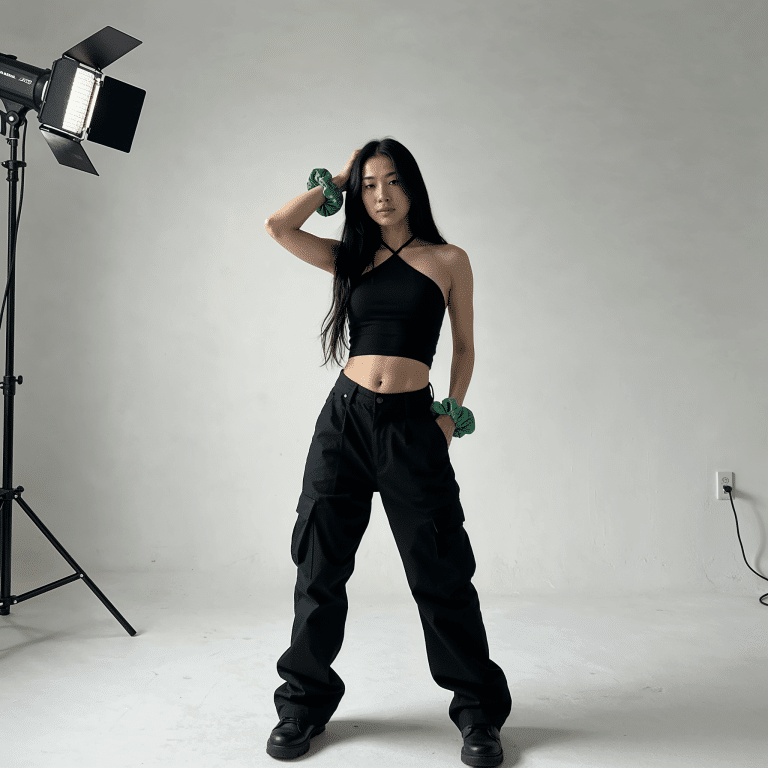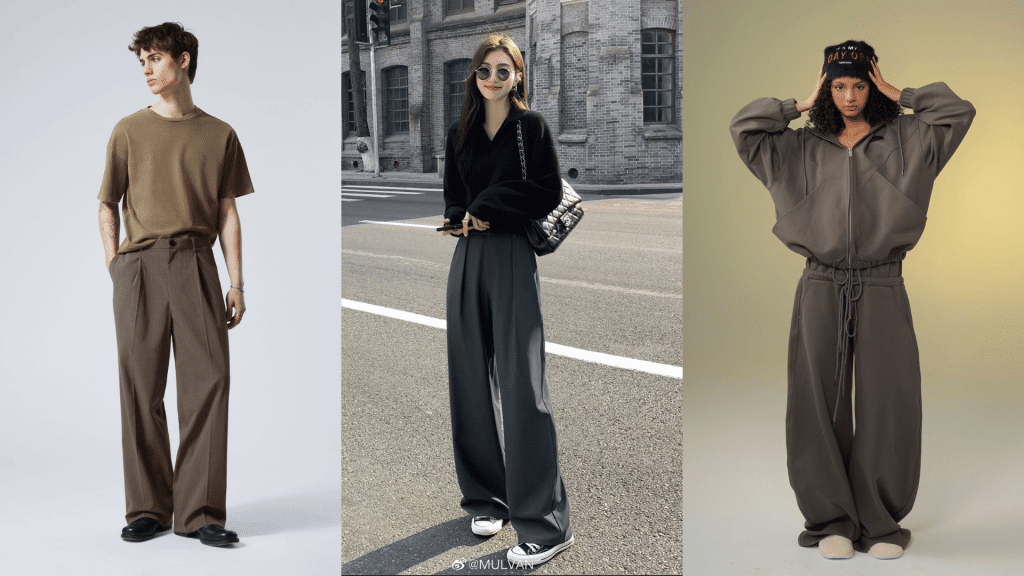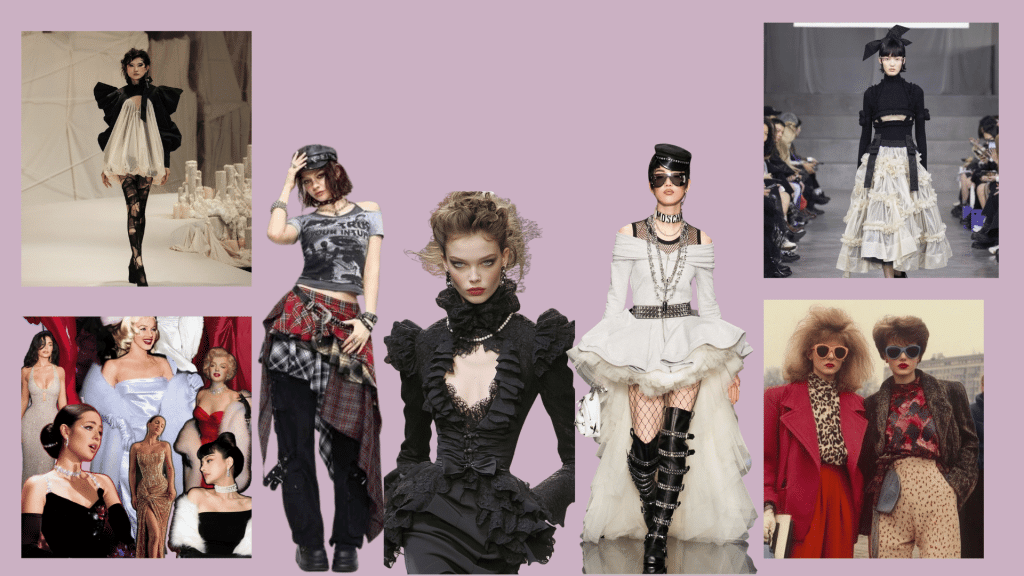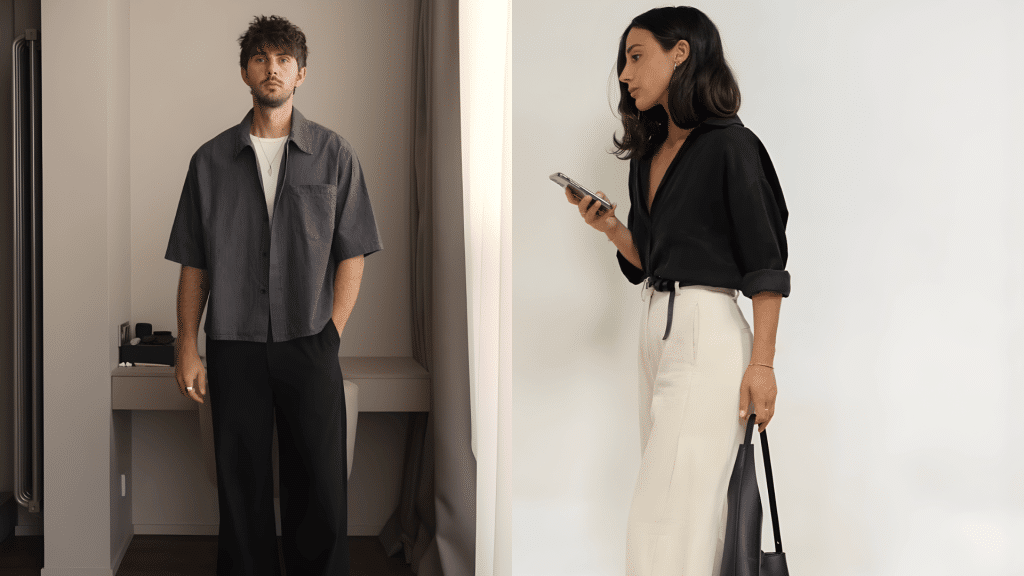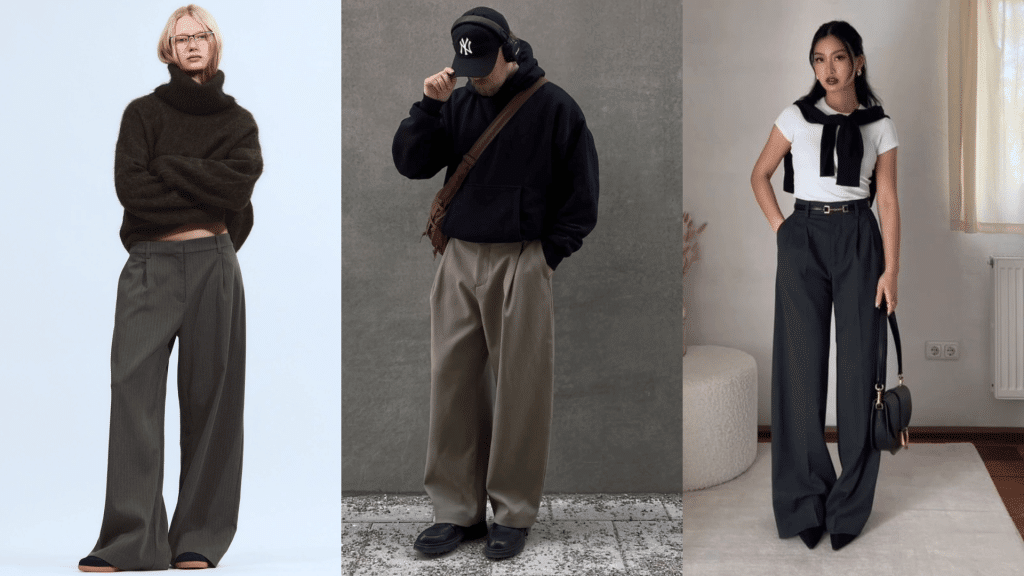Many people struggle with unruly, wild-looking hair that seems impossible to tame.
They look in the mirror and see strands that stick out in all directions, creating a puffy, disheveled appearance that feels frustrating to manage.
Understanding what does frizzy hair look like helps identify the right solutions and styling approaches.
This blog will tell about the visual characteristics of frizzy hair, explain why hair becomes frizzy, and help readers identify different types of frizz patterns.
What does Frizzy Hair Look Like?
Spotting frizzy hair isn’t always obvious, especially in its early stages. People often dismiss minor changes as temporary styling issues rather than recognizing genuine patterns of frizz.
Many wonder what does frizzy hair look like exactly, since it can range from subtle texture changes to full-blown unruly strands that seem to have a mind of their own.
- Flyaway strands that stick out from the main hair shape, creating a halo effect
- Rough texture when running fingers through, feeling bumpy instead of smooth
- Puffy appearance that makes hair look bigger and less defined than usual
- Tangled ends that knot easily and resist combing through gently
- Uneven curl patterns where some sections curl while others stay straight or wavy
These warning signs help people identify frizz before it becomes unmanageable. Early recognition leads to better treatment choices and healthier hair outcomes.
Causes of Frizzy Hair
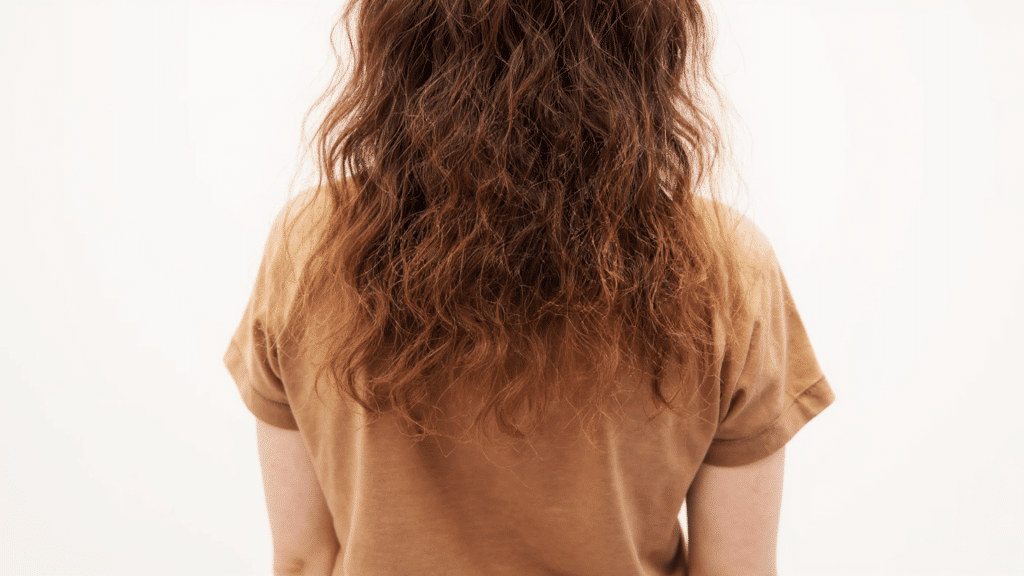
Frizz doesn’t just appear out of nowhere; it’s usually a sign that hair is missing balance or protection. Everyday factors, such as weather, styling habits, and even hair type, can cause strands to lift and look unruly.
1. Lack of Moisture
When hair doesn’t have enough natural oils or hydration, the strands become rough and uneven.
This causes the cuticle to lift, resulting in frizz and a dull appearance. Dry hair craves moisture and reacts quickly to the environment.
- Key Signs: Hair feels rough and brittle, frizz appears soon after washing, and strands look dull instead of shiny.
- Common Mistakes: Washing daily with harsh shampoos, skipping conditioner, or rinsing with hot water.
2. Humidity
Frizz often worsens in humid weather because hair absorbs extra moisture from the air. This causes the cuticle to swell and protrude, making the hair appear puffy or undefined.
People with porous or curly hair notice this the most.
- Key Signs: Hair swells or loses shape on damp or rainy days, curls turn into fuzz instead of defined coils.
- Common Mistakes: Skipping anti-humidity products, stepping outside with wet hair, or brushing dry curls in humid weather.
3. Heat Damage
Excessive use of blow dryers, flat irons, and curling wands strips away the natural oils in hair. This weakens the cuticle, leaving strands dry, fragile, and more likely to frizz.
Over time, heat damage makes hair lose its natural texture.
- Key Signs: Hair feels dry even after conditioning, ends split easily, and strands appear rough or uneven.
- Common Mistakes: Using heat daily, or turning tools to maximum heat.
4. Chemical Treatments
Bleaching, coloring, perming, or relaxing hair can strip away protective layers. These treatments make hair more porous, meaning it soaks up water but can’t hold it in.
The result is constant frizz and breakage if not properly cared for.
- Key Signs: The hair feels weak, breaks easily, and frizzes up regardless of the weather.
- Common Mistakes: Doing multiple chemical processes close together, skipping bond repair treatments
5. Harsh Hair Care Habits
Sometimes, frizz isn’t about the weather or treatments, but rather daily habits. Rough towel-drying, brushing aggressively, or using the wrong products can damage the cuticle.
Small mistakes add up, leaving hair more prone to frizz.
- Key Signs: Hair feels rough after washing, frizz appears right after towel drying, or hair gets static when brushed.
- Common Mistakes: Rubbing hair with a cotton towel, brushing wet hair harshly, or using shampoos with strong sulfates.
6. Hair Type and Genetics
Some people are simply more prone to frizz because of their natural hair type. Curly, wavy, or coily hair textures have bends and twists that prevent the cuticle from lying flat.
This makes them naturally more porous and prone to frizz.
- Key Signs: Even with good care, curls and waves tend to lose definition; frizz becomes more noticeable than on straight hair.
- Common Mistakes: Treating textured hair like straight hair, brushing curls when dry, or skipping leave-in products.
Understanding the root causes of frizz helps eliminate the guesswork in hair care. Instead of trying random fixes, one can focus on the habits and treatments that target their specific issue.
With the right approach, frizz becomes manageable, and hair can look healthier, smoother, and easier to style.
Treatment Options for Frizzy Hair
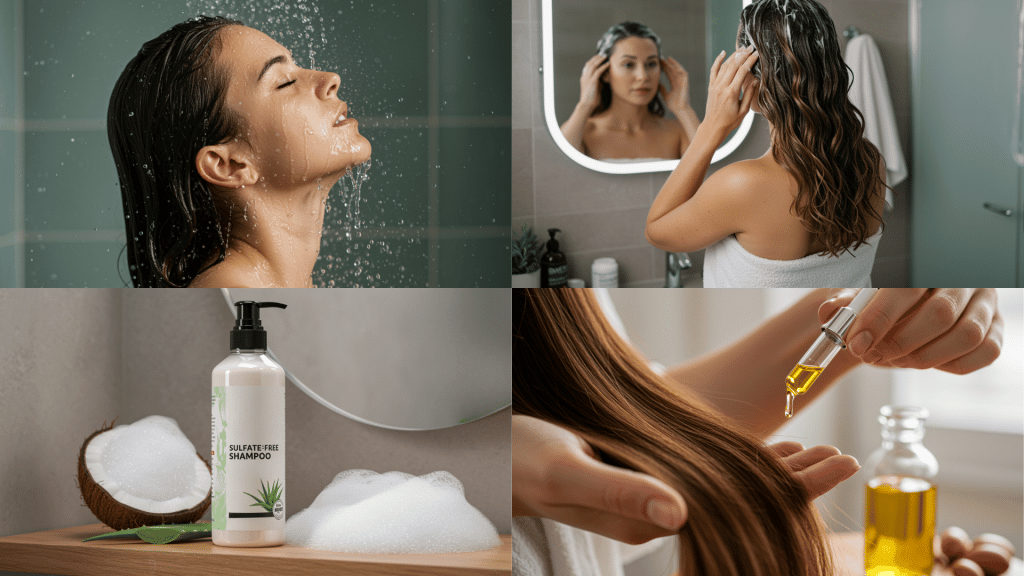
Managing frizzy hair requires the right approach for each person’s specific needs.
Different treatments are more effective for various hair types and severity levels. Understanding what is frizzy hair exactly helps in finding the perfect solution, which often involves trying multiple methods until something works.
1. Deep Conditioning Masks
Deep conditioning masks provide intensive moisture to dry, damaged hair strands. These treatments penetrate deeper than regular conditioners, helping repair the hair cuticle and reduce frizz formation over time.
- Pros: Affordable and easy to use at home, provides long-lasting hydration, and strengthens hair structure
- Cons: Results take several weeks to show, and require consistent weekly application
- Suitable for: All hair types, especially dry and chemically treated hair
2. Hair Oils
Natural oils, such as argan, coconut, and jojoba, create a protective barrier around hair strands. They seal moisture into the hair shaft while smoothing the outer cuticle layer for instant frizz reduction.
- Pros: Immediate smoothing effects, natural ingredients with no harsh chemicals can be used daily without damage
- Cons: May make hair look greasy if overused, and some oils can cause buildup over time
- Suitable for: Medium to thick hair, curly and coily hair types
3. Anti-Frizz Serums
Anti-frizz serums contain silicones and polymers that coat hair strands, creating a smooth surface. These lightweight formulas help control flyaways and provide heat protection during styling.
- Pros: Fast-acting with immediate results, lightweight formula won’t weigh hair down
- Cons: Temporary fix that washes out completely, more expensive than natural alternatives
- Suitable for: Fine to medium hair, daily styling routines
4. Cold Water Rinse
Rinsing hair with cold water helps close the hair cuticles, creating a smoother surface. This simple technique reduces frizz and adds natural shine without any products or chemicals.
- Pros: Completely free and natural method adds shine and reduces static, can be done with every wash
- Cons: Uncomfortable, especially in winter months, results are temporary and subtle, and doesn’t address underlying hair damage
- Suitable for: All hair types as a finishing step
5. Keratin Treatment
Professional keratin treatments smooth hair by filling in microscopic gaps in damaged hair cuticles. These salon procedures can reduce frizz for several months with proper maintenance.
- Pros: Long-lasting results up to 4 months, significantly reduces styling time, works on most hair types and textures
- Cons: Expensive salon treatment costs contain formaldehyde in some formulas, and require sulfate-free products for maintenance
- Suitable for: Severely frizzy hair, frequent heat styling users
6. Sulfate-Free Shampoos
Sulfate-free shampoos clean hair without stripping natural oils that keep strands smooth. These gentler formulas help maintain moisture balance and prevent dryness that can lead to frizz.
- Pros: Preserves natural hair moisture, is gentle on color-treated hair, and reduces scalp irritation
- Cons: May not remove heavy product buildup, takes time to adjust from regular shampoo, and is often more expensive than drugstore options
- Suitable for: Dry, damaged, or color-treated hair
7. Brazilian Blowout
Brazilian blowouts use a liquid keratin formula applied before blow-drying to create smoother hair. This professional treatment reduces frizz while maintaining natural movement and texture.
- Pros: Maintains hair’s natural body and movement, works well on all hair textures, results last 3-4 months typically
- Cons: High cost for professional application may contain formaldehyde-releasing chemicals, requires special aftercare products
- Suitable for: Moderately frizzy hair, those wanting reduced styling time
8. Regular Trims
Regular hair trims remove damaged ends that contribute to frizz and tangling. Cutting hair every 6-8 weeks helps maintain healthy ends and prevents split ends from traveling up the hair shaft.
- Pros: Prevents further damage and breakage, improves overall hair health, and is relatively inexpensive for maintenance
- Cons: Doesn’t fix existing frizz issues, requires ongoing salon appointments, may not show immediate dramatic results
- Suitable for: Everyone, essential for maintaining healthy hair
Choosing the right treatment depends on hair type, lifestyle, and budget. Many people find success combining multiple approaches for the best frizz control results.
Styling Tips for Frizzy Hair
Daily styling can make or break your efforts to manage frizzy hair. Simple technique changes often provide better results than expensive products.
Smart styling habits prevent damage while improving hair’s natural texture. When one figures out the code “why is my hair frizzy: these techniques become even more effective.
- Use a microfiber towel instead of regular terry cloth to reduce friction and breakage
- Apply products to damp hair when cuticles are open and can absorb moisture effectively
- Sleep on silk pillowcases to minimize overnight friction that creates morning frizz
- Scrunch hair upward while drying instead of brushing downward to encourage natural curl patterns
- Avoid touching dry hair throughout the day, as oils from hands increase frizz and static
These styling adjustments work with frizzy hair, rather than fighting against it. Consistency with these methods creates noticeable improvements within weeks.
Conclusion
Knowing what does frizzy hair look like empowers people to choose effective solutions tailored to their specific needs.
Professional treatments, such as keratin and Brazilian blowouts, offer long-term relief, while home remedies provide an affordable option for daily management.
Combining deep conditioning masks with proper styling techniques creates comprehensive care routines that address both immediate concerns and long-term hair health.
Anyone ready to change their hair routine can start with one treatment option and one styling tip from this guide to begin the mission toward smoother, more manageable hair.

